For this family in the remote mountain community of La Tarde on Costa Rica’s Osa Peninsula, life is intimately tied to the rainforest surrounding their home.
A gregarious red-lored parrot named Paco has dropped by Albergue La Laguna, in the remote mountain community of La Tarde on Costa Rica’s Osa Peninsula. Paco is striking, with bright green feathers all over, a brilliant patch of red above his beak, and a dusting of blue across his crown. Tending first to a pile of breadcrumbs on the open-air dining room table, he settles in on a ledge on the second floor of the house.
“Paaaaco….Paaaaco,” 11-year-old Dalila calls to him in a sing-song voice, as she climbs the stairs to Paco’s perch. She mimics his caws and reaches out as if to grab him. Miraculously, the bird makes no move to fly away.
Paco has become a sort of free-run pet of the family’s, whose lives are intimately tied to the rainforest surrounding their home.
[Read: The paiche has invaded a quarter of Bolivia’s Amazon]
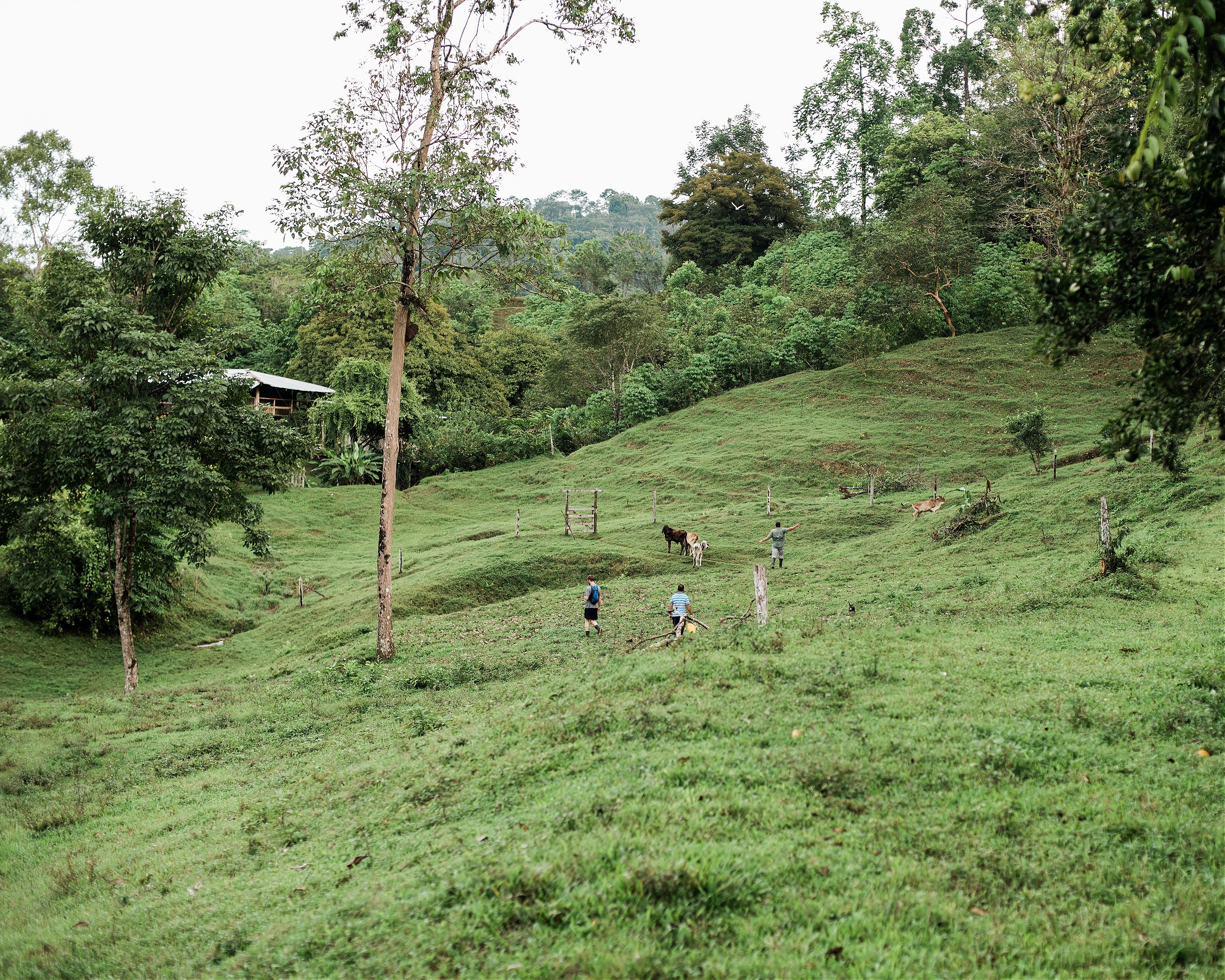
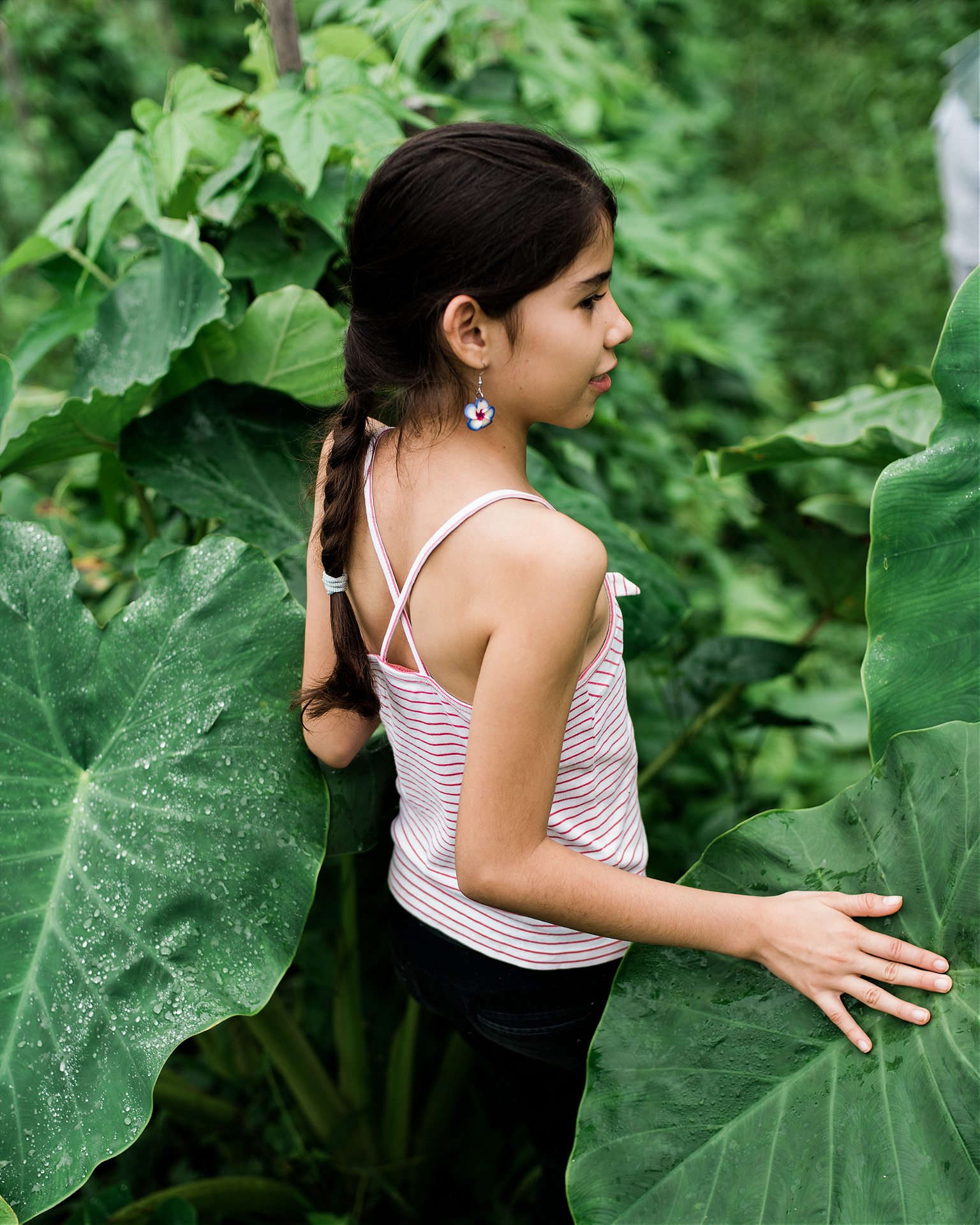
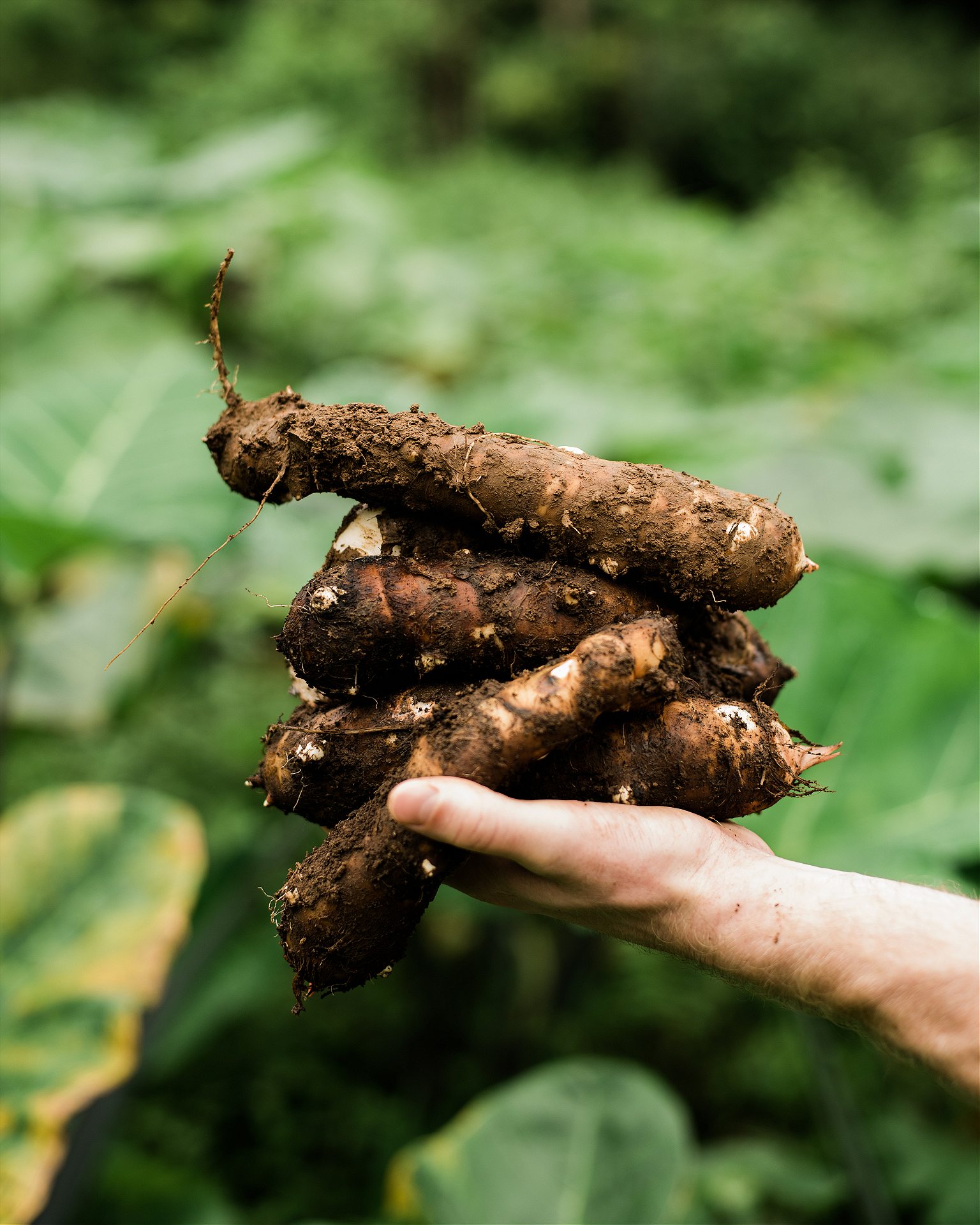
Six families, totalling around twenty-five people, live in La Tarde. Dalila’s parents, Gustavo “Tavo” Rojas Vindas and Lorena Berrocal Pérez, grew up here and today run a guest house. Dalila has spent her whole life here. When asked what she wants to be when she grows up, Dalila answers confidently. “A naturalist guide,” she says.
Ecotourism is the peninsula’s primary industry, driven by the region’s incredible biodiversity: here there are jaguars, boa constrictors, ocelots, howler monkeys, sloths, scarlet macaws, tarantulas, and pit-vipers.
Dalia and her family live just over 1 mile from the boundary of Corcovado National Park, a 164 square mile nature reserve, which draws an estimated 63,000 visitors each year.
Small-scale tourism operations, like Tavo and Lorena’s guesthouse, are scattered throughout the peninsula.
[Read: This Sri Lankan dance is at the risk of disappearing]
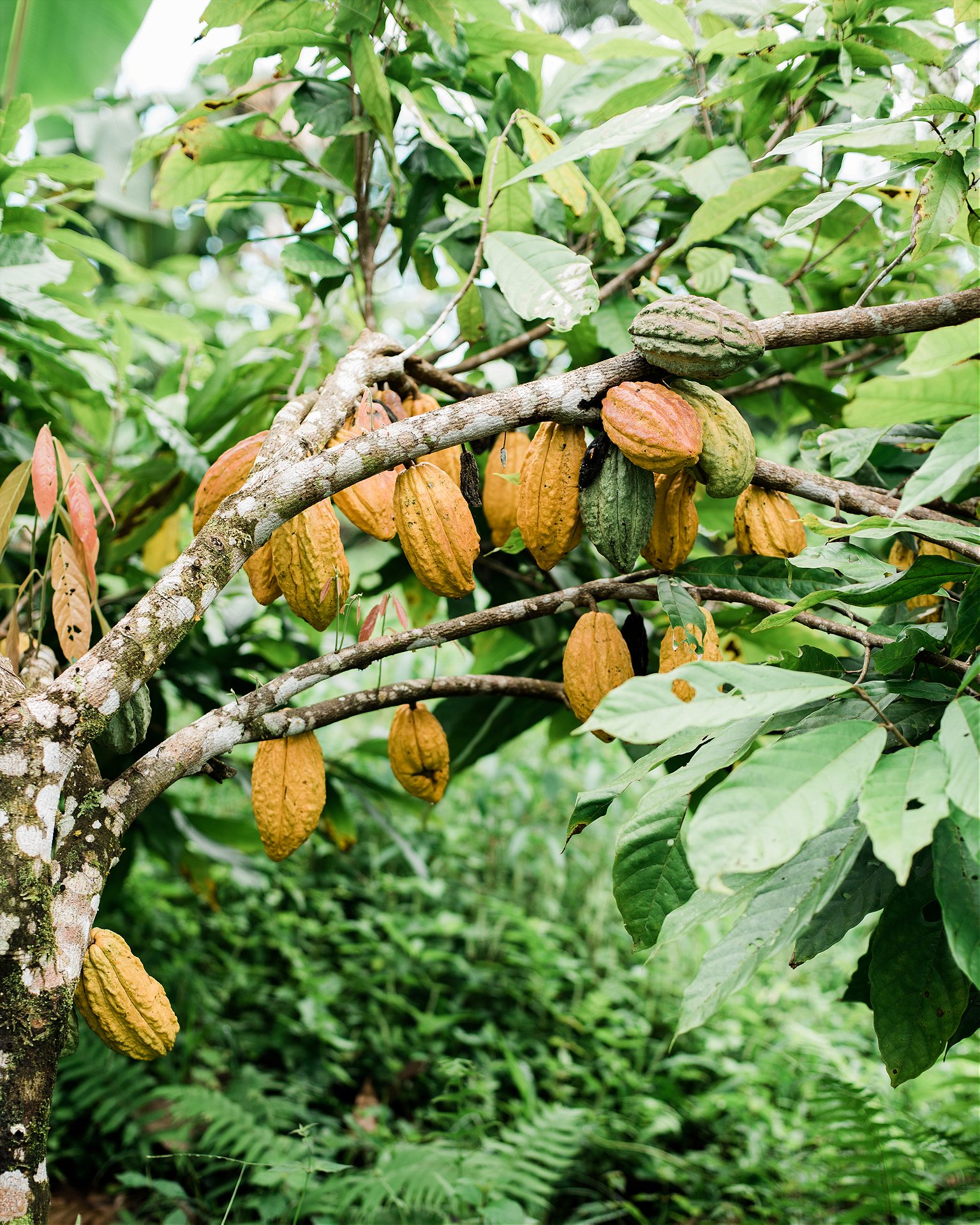
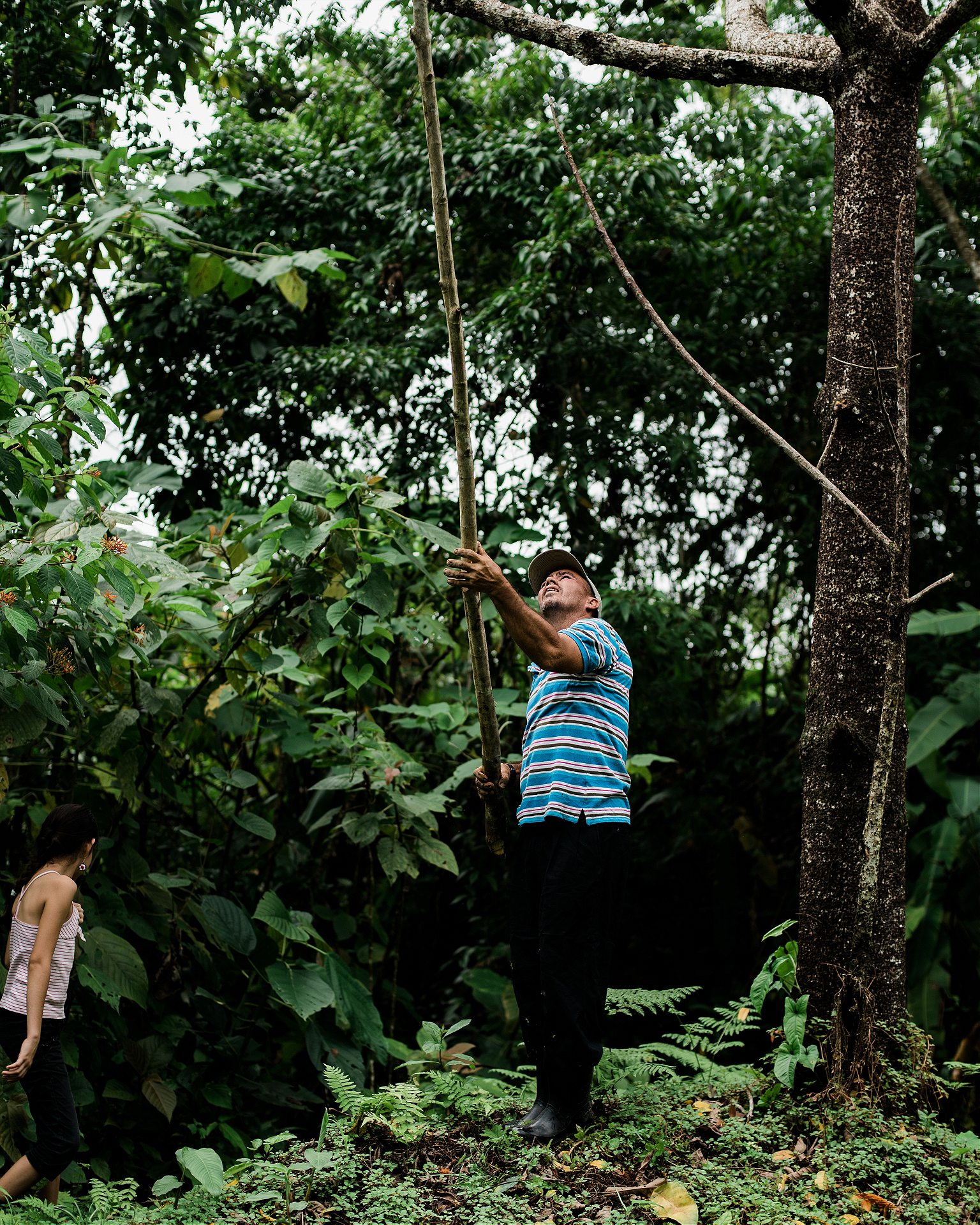
The cabin is on stilts, and the six simple guest rooms sit above the dining area and kitchen. Tavo’s brother, Popo, offers a tour of his nearby farm. Though he sells most of his harvest, he plants and harvests his crops entirely by hand. There are a few tidy rows, but overall the property is wild.
Decked out in bright pink and purple rubber boots, Dalila points out the red and white tiquisque plants, the sweet potato, pineapples, bananas, cocoa trees, and yuplon.
In the evening, Lorena makes a feast: rice, cassava, potatoes, and beans, all of which is grown on the property; she serves chicken, papaya picadillo, paincillo, a dense bread made from corn; fried plantains with sweet chilli sauce; chilero, a condiment made of onions, chilies, lime celery, cilantro, and lemon; and agua de sapo, or “frog water,” a drink made from cane sugar, water, ginger and lime.
[Read: Meet the women of Casa Xochiquetzal]


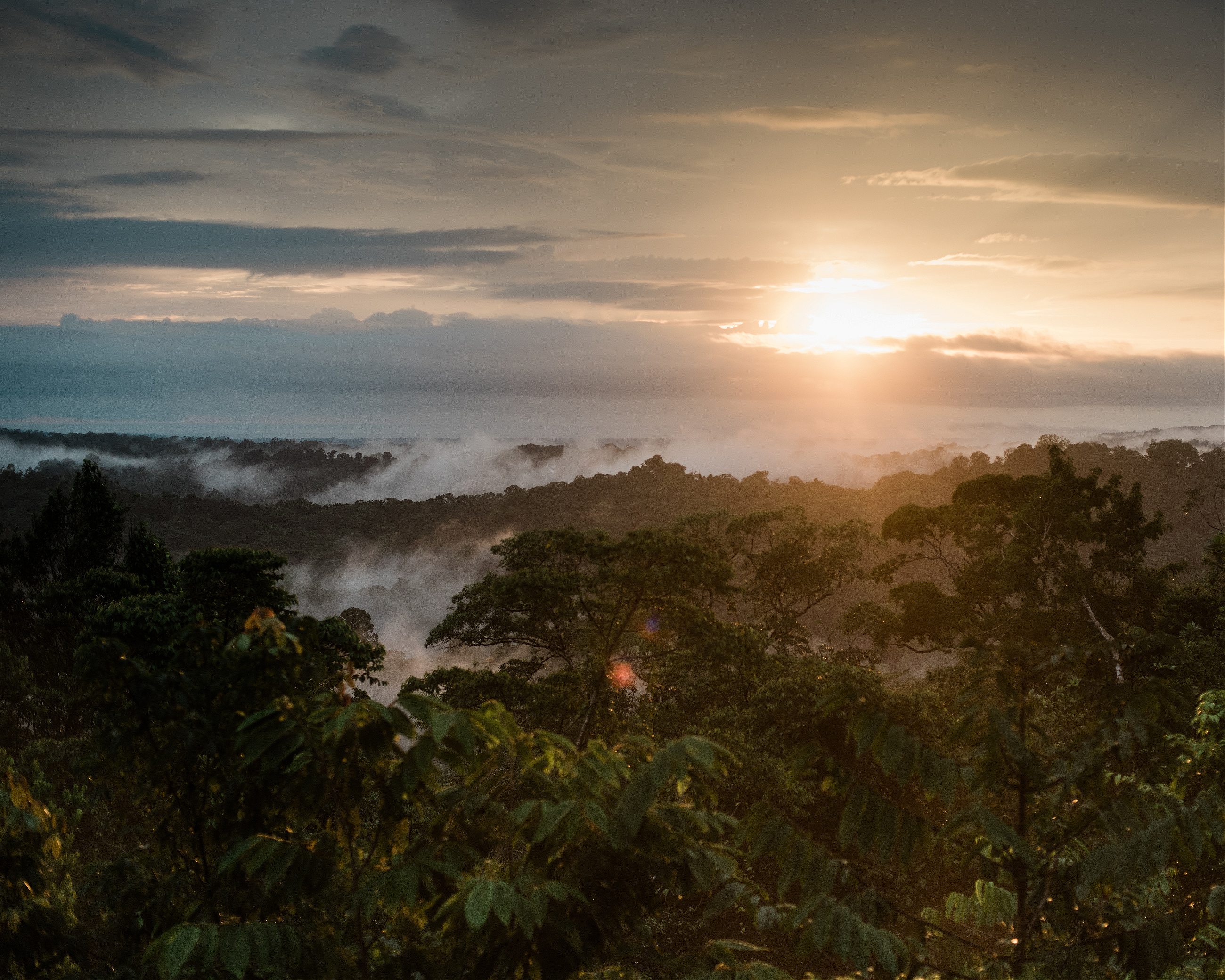
After dinner, as one of her parent’s guests pokes around outside the guest house with a flashlight, looking for the frogs that are croaking in the darkness, Dalila calls out a single word of warning:
“Serpientes,” she says, shaking her finger with a smile. Snakes.
The bushmaster snake, which stretches 8 to 12 feet, calls this area home. The guest heeds the warning, turns off her flashlight and heads back inside.